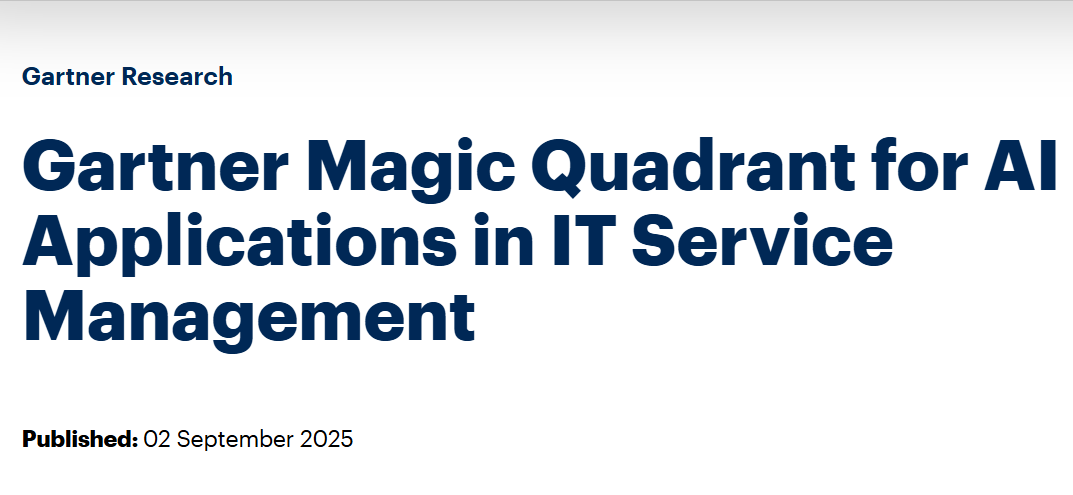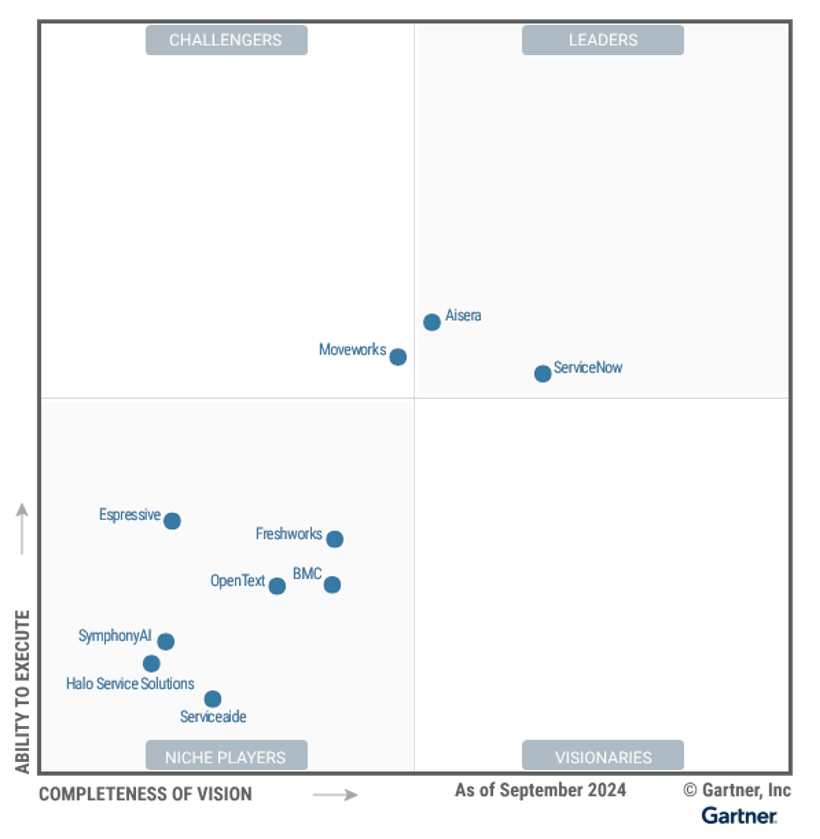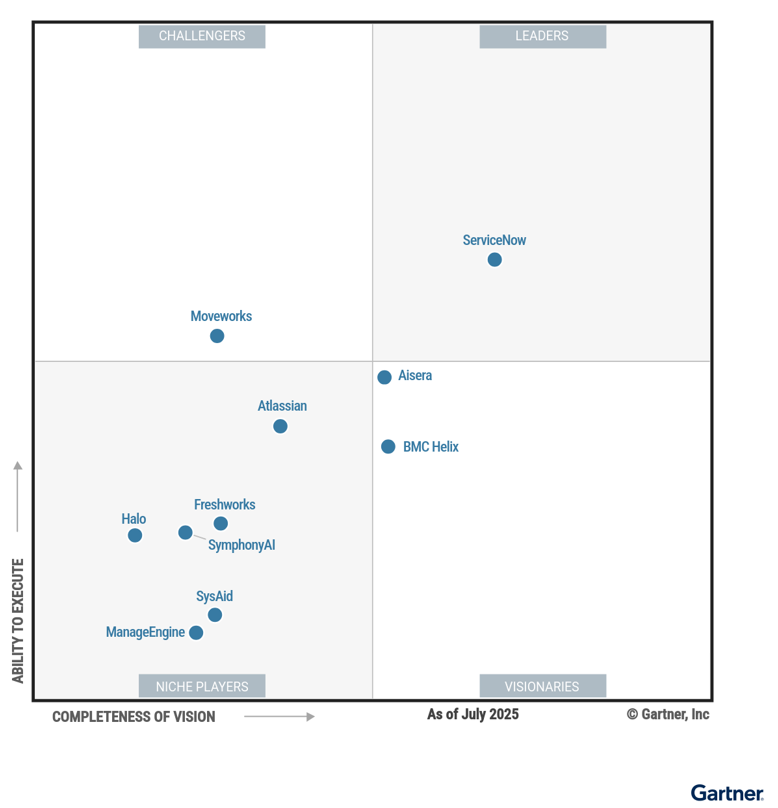Consulting and automation for enterprise class ITAM and ITSM
info@synta.pro
Republic of Kazakhstan, 050046, Almaty city, Egizbayev street 7/9, office 174
© 2025 Synta LLP. All Rights Reserved
Privacy policy
If you don't want to miss our blog posts and other news from the ITSM and ITAM world, subscribe to our Telegram channel!
In the world of digital service management, artificial intelligence is no longer perceived as an experiment. A recent example is the deployment of the SKAI (Smart Kazakhstan AI) platform within Kazakhstan’s sovereign wealth fund Samruk-Kazyna, demonstrating that AI systems can genuinely improve service efficiency by reducing response time and enhancing communication quality.
The same logic now drives the corporate sector. Leading vendors of service automation platforms — such as ServiceNow, BMC Helix, and Freshworks — are embedding Generative AI at the core of their IT Service Management (ITSM), Enterprise Service Management (ESM), and IT Operations Management (ITOM) solutions.
Gartner’s new Magic Quadrant for AI Applications in IT Service Management report explores the main players in this emerging market, highlights what has changed since last year, and analyzes how the ITSM and ticketing landscape is maturing — and why many organizations are entering a new phase of rethinking AI automation.
In 2024, Gartner recognized AI for ITSM as a standalone market for the first time. The main idea: using AI to automate common operations such as incident classification, risk prediction, intelligent search, and user support through natural language–based virtual agents.
Most solutions rely on preconfigured models and integrations with popular LLMs such as Azure OpenAI, with data protection ensured through encryption and retention policies applied to the models themselves.
New entrants appeared in the report that were not part of Gartner’s ITSM Magic Quadrant prior to 2022 — Aisera and Moveworks — both immediately taking strong positions.

According to Gartner, the Leaders were ServiceNow and Aisera:
Moveworks was listed as a Challenger, focusing on AI assistants and enterprise data search.
It is worth noting that Aisera and Moveworks are not traditional ITSM tools in the classic sense. Their focus lies in automating request handling and end-user communication, while delegating the infrastructure side of ITSM — such as asset and configuration management (CMDB), change and release management, problem management, and monitoring event handling — to other systems.
BMC Helix ITSM and Freshservice were also included as strong performers. BMC Helix advanced real-time AIOps integration and incident analytics, while Freshservice (Freshworks) continued developing its Freddy AI–powered features to speed up service delivery and reduce operator workload.
🔹 The main takeaway from 2024: AI is no longer an add-on — it is becoming the foundational layer of ITSM and ESM architectures, supporting both end users and technical staff.
By 2025, the market reached a more mature phase. Gartner notes that innovation remains strong, but focus has shifted from purely generative AI to Agentic AI — autonomous agents capable of performing actions across systems — although expectations still outpace reality.
The concept of agentic AI is to go beyond process-driven automation and enable AI to not only interact with users but also take real actions across IT systems, effectively replacing human operators in routine execution.
It also became clear in 2025 that the AI race is accelerating dramatically — evidenced by ServiceNow’s acquisition of Moveworks. Decisions that once took years are now made in months.

The 2025 report introduced Atlassian, ManageEngine, and SysAid, targeting the mid-market and embedding AI into their existing platforms.
Meanwhile, Espressive, OpenText, and Serviceaide dropped out of the quadrant due to limited market traction and immature offerings.
BMC Helix ITSM entered the Visionaries quadrant, introducing a wide range of AI agents powered by Helix GPT with flexible LLM selection for both ITSM and AIOps use cases.
Freshservice (by Freshworks) maintained its reputation as an easy-to-deploy, out-of-the-box yet powerful solution for mid-sized organizations. The built-in Freddy AI requires minimal configuration and delivers value from day one across multiple service scenarios.